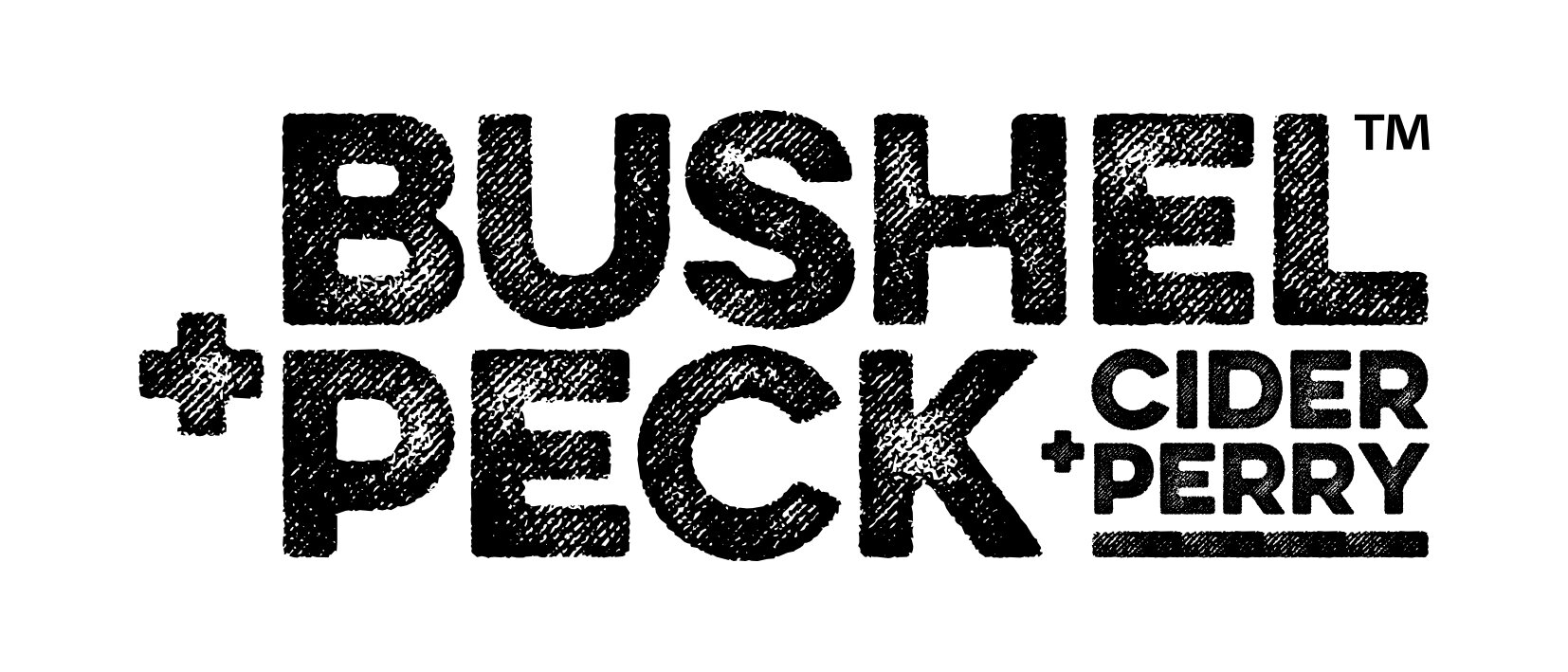The Champagne Method??
Sir Kenelm Digby, painted by Anthony van Dyck, 1640
La Méthode Champenoise didn’t originate in the Champagne region of France. It comes from Gloucestershire. Obviously.
In the early 17th century, the fuel used to make glass was wood but excessive destruction of woodland led James I to issue a proclamation in 1615 prohibiting its use in glassworks. As a result, experiments using coal began in earnest. Initially, the resulting glass was very dark, almost black, as a result of the sulphur content of coal - not ideal for windows but not such a problem for bottles. The process was improved, including the use of chimneys to improve the draught, which removed the sulphurous fumes more quickly. Where the experiments were successful, the higher temperatures achieved using coal produced stronger bottles made from this thick, dark glass. In 1632, Sir Kenelm Digby was awarded a patent, when it was accepted that the bottles were the result of a new process. Sir Kenelm did his experiments in London, but the process was implemented and fine-tuned in the glassworks in Newnham, Gloucestershire.
The Civil War then intervened and disturbed things somewhat, including the destruction of the Newnham glassworks. However, every cloud has a silver lining. Up until then, cider was the drink of the cider-making counties … but not elsewhere. As a result of the war, troops and officers from elsewhere in the country came across cider as they marched up and down through cider-country - and, of course, it made an impact. After the war, the former soldiers wanted to maintain their newly acquired cider habit and so shipments of cider and perry to other parts of the country began in earnest. Generally, cider would be shipped in barrels but some was shipped in the new glass bottles and, being stronger, they didn’t explode. Also, it was noted that the quality of cider in glass bottles improved, a result of secondary fermentation and the product developing a softly sparkling quality. Glassworks in cider-country proliferated as more and more cider was shipped around the country in glass bottles; by the end of the century, 18 of 39 glassworks in England were located in cider-land (if one includes Stourbridge as being in cider-land).
The glassmaking industry migrated from the Forest of Dean towards Bristol, a significant trading port, and “English glass bottles” were shipped from there to all over the world; North America, Europe … and the Champagne region of France. At the same time, cider-makers began to manage the secondary fermentation by adding a little sugar to the product before bottling and corking it. In 1662, all of this was noted by a founder member of The Royal Society, Dr. Christopher Merrett of Winchcombe, Gloucestershire (where we so happen to live). And so the process now referred to as the Méthode Champenoise was developed and recorded, made possible only by the new tougher glass (verre anglais) and the ingenuity of English cider- and perry-makers.
Long before Dom Pérignon emerged from his Benedictine monastery in Hautvillers.
But, to avoid any suspicion of unpleasant and over-exuberant patriotism in which we will play no part, let it be noted that the first record of sparkling wine predates the work of Sir Kenelm Digby and Dr. Christopher Merrett by 100 years; Blanquette de Limoux was developed by Benedictine monks in the Abbaye de Saint Hilaire, near Carcassonne, in 1531.
So, there you have it. And if you’ve read this far, thank you.
Acknowledgement to Jim Chapman of Hartpury Heritage Trust and Treasurer of the Gloucestershire Orchard Trust. For the full and complete story, read Orchards… those other industries, by Jim Chapman, published by The Hartpury Heritage Trust, Gloucestershire, May 2016.

